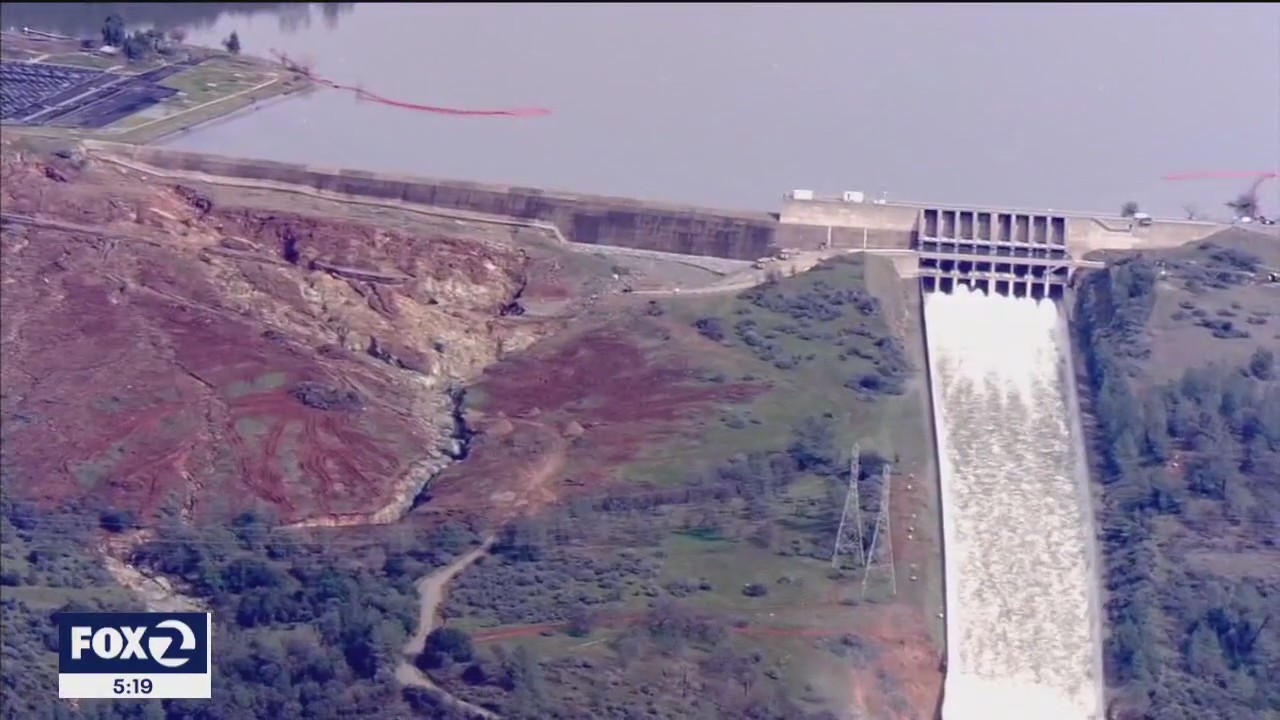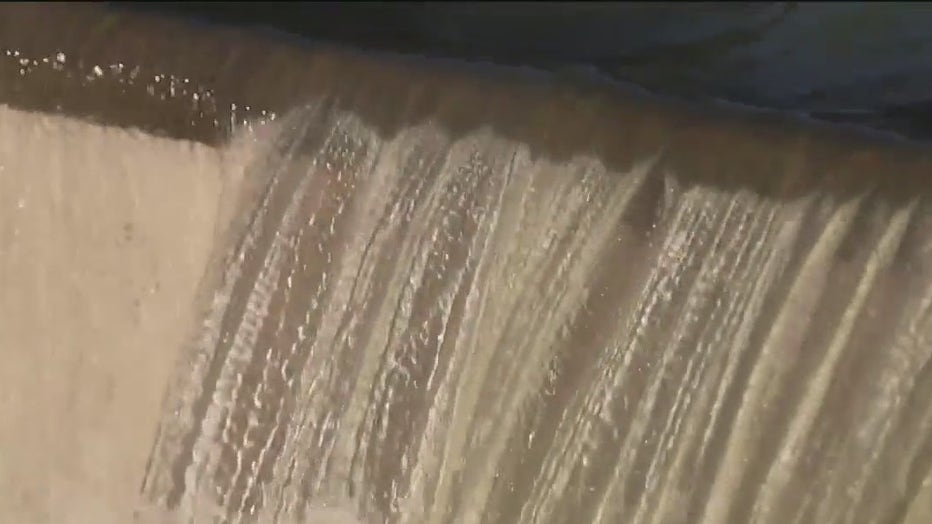California's water and snowpack Motherlode: a blessing or a curse?

Californias water and snowpack Motherlode: a blessing or a curse?
Californias snowpack melt is causing some issues of too much water. Even rivers that appear to be calm, are extremely cold with fast currents. Anyone who falls in, jumps in or rafts or kayaks it on their own, without professional guides, is flirting with hypothermia and drowning.
Sacramento, California - California's Motherlode of water is a blessing and a curse. The California Department of Water Resources (DWR) is telling the 29 public water agencies serving 27 million Californians, they will get 100% the water they request. That has not happened in 17 years.
Even early in the melt, tributaries and the rivers they fill are already at very high flows. The key reason for that is that right now, throughout the Sierra, the snowpack is 256% of the historical average for this week; a two and a half year supply.
"In a year like this, it's gonna be high flows well into the summer. Some of the snow we expect will stick around until August," said federal National Weather Service/National Oceanic and Atmospheric Administration hydrologist and flow forecaster Alan Haynes.
How fast the deep snowpack melts is strictly dependent on how warm is gets, especially at night, how cloudy it is and the angle of the sun. "So as that gets steeper, later in the spring and the temperatures warm, then the snowpack become what we call ripe," said Haynes.

Reservoir spilling over
Dam operators have no choice but to dump lots of water now to assure space for all the snowpack melt. That impacts downstream rivers. Flows are considerably higher. They're pretty much running as much water as the system can handle," said the hydrologist.
For example, at Vernalis, some 10 miles southeast of Tracy, the San Joaquin River is running at the rate of 30,000 cubic feet per second. That is the equivalent of the contents of 25 full size gasoline tanker trucks flowing by every second; 1,500 trucks full every minute. "Could go higher. It gets dangerous if it goes higher," said the river forecaster.
A very possible flow increase of just 20% could threaten to overtop flood control levees and puts enormous pressure against levee walls that undermines or erodes them. "In the 82/83 when it sort of reappeared, it took a year to get rid of that water. This could be worse than that," said Haynes.
Even rivers that appear to be calm, are extremely cold with fast currents. Anyone who falls in, jumps in or rafts or kayaks it on their own, without professional guides, is flirting with hypothermia and drowning.

